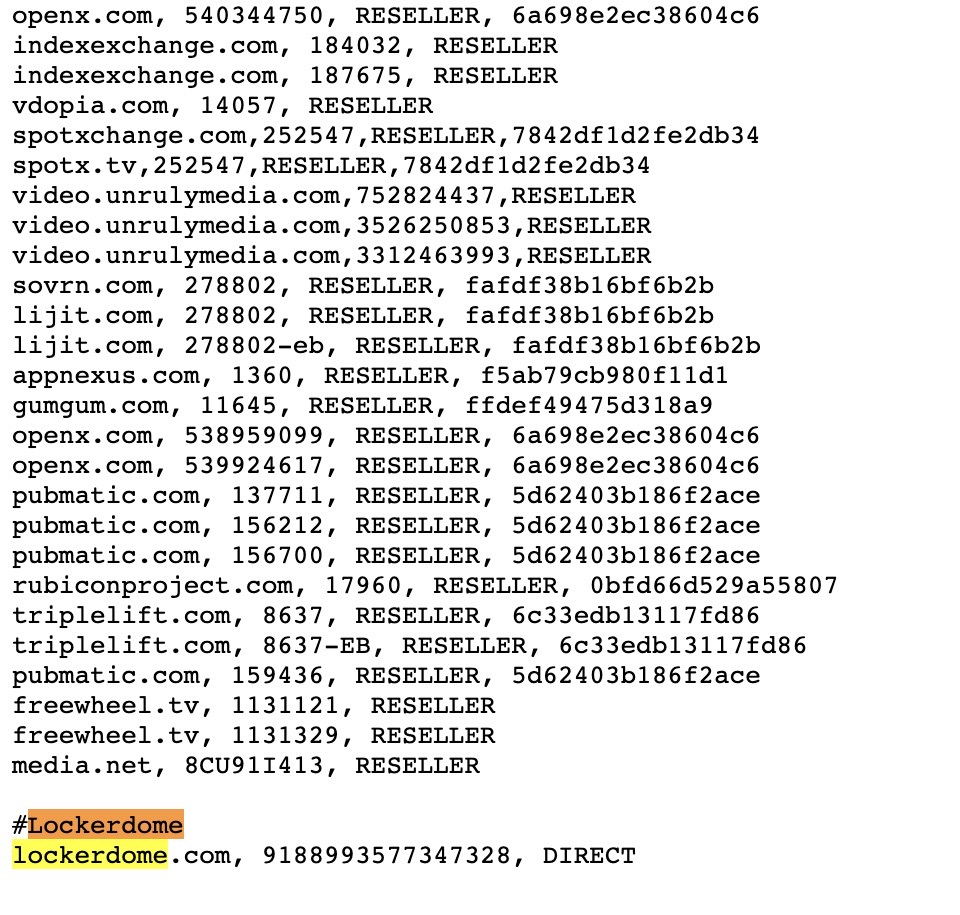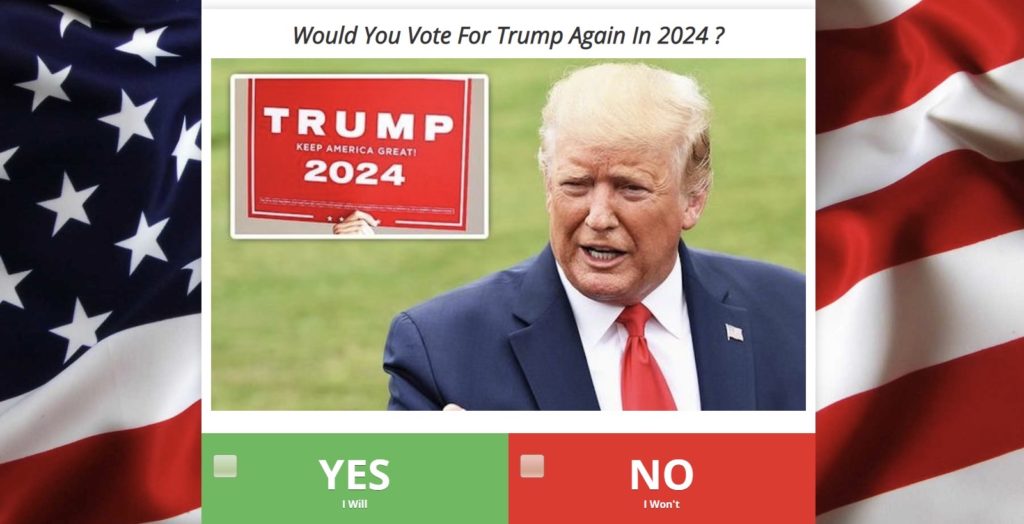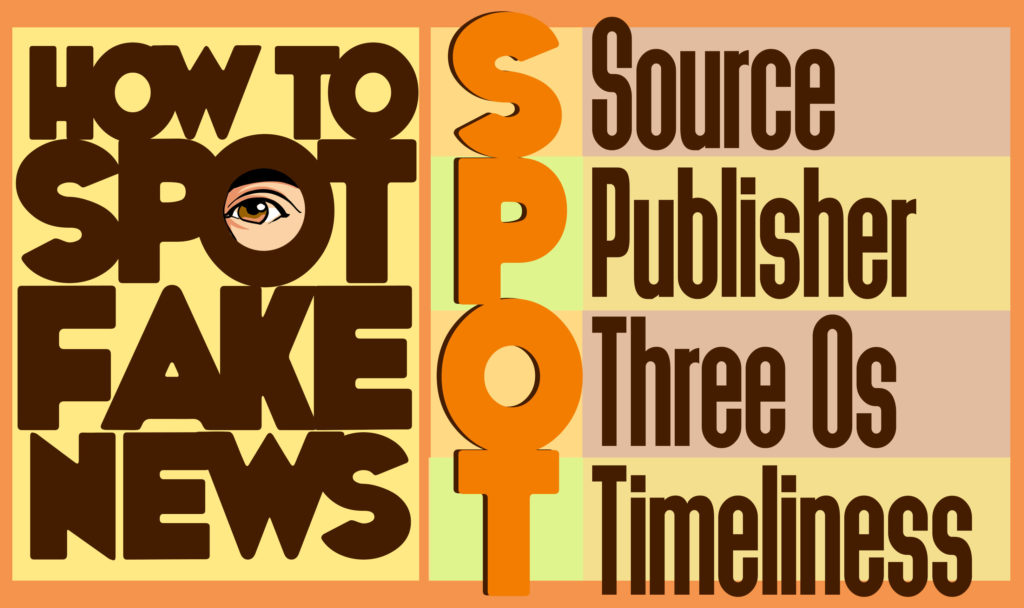‘Jewel’ of St. Louis startups has helped fuel Gateway Pundit
Over more than a decade, St. Louisans have heard many flattering things about LockerDome, a pioneer in the region’s entrepreneurial ecosystem that has hired dozens of computer-savvy graduates from Washington University and elsewhere and put them to work downtown doing computer-savvy things.
What would surprise most St. Louisans is that a “jewel” of the St. Louis startup community – one that involves some of the biggest names in St. Louis tech – has worked with and provided revenue to the Gateway Pundit, purveyor of conspiracy theories.
There are indications that the relationship may have ended in the last couple of months. That’s not entirely clear, however, in part because LockerDome did not respond to repeated requests for comment. In any event, there is evidence that the relationship existed for several years before its possible recent termination.
“LockerDome has profited off of fake news and has helped fund a fake news website by approving the Gateway Pundit to be a publisher in its network,” one person familiar with the situation said. “I don’t think this was ever their intention, but the sad truth is that a jewel of the St. Louis startup scene has funded an organization that promotes hate, racism and fascism.”
LockerDome, which was founded in 2008 as a social media platform focused on sports, grew rapidly in employment and space at its Washington Avenue location, the Post-Dispatch reported in 2015. The company by then had already raised more than $18 million from dozens of investors, including Cultivation Capital, a St. Louis-based venture capital firm, and Cardinals President Bill DeWitt III. It had received $200,000 in 2012 through the Missouri Technology Corp., the state’s vehicle for funding startups.
Members of the company’s board of directors – according to the business information website Crunchbase – include Brian Matthews and Jim McKelvey. Matthews is a co-founder of Cultivation Capital and also its general partner and was featured in this flattering St. Louis Business Journal story only a few weeks ago. McKelvey, who besides having joined Matthews in co-founding Cultivation Capital, also co-founded Block, Inc., formerly known as Square, with the founder of Twitter, St. Louis native Jack Dorsey. McKelvey is also well-known and widely admired in St. Louis as the co-founder of LaunchCode, a non-profit that helps people without traditional qualifications develop tech skills and find jobs using them, and as the co-founder of Third Degree Glass Factory, an art studio and event space. He serves on the board of directors of the Federal Reserve Bank of St. Louis and the board of trustees of Washington University.
LockerDome has evolved into an advertising technology company. Operating as a kind of middleman, it pays online publishers to put digital advertisements on their sites; the advertisers, who may not even know where their ads are being placed, pay LockerDome. Many of the ads in the LockerDome network are low-grade non-political “clickbait” – “These Celebrities Have Aged the Worst” or “Ph.D. Economist Makes Shocking Prediction.” Others are overtly political, asking readers to vote yes, no, or not sure, for example, on this question: “Would you vote for Trump again in 2024? (Free gift for all who answer).” Clicking on that ad, in turn, leads to another saying “Liberals are FURIOUS that Trump supporters get the White House Wrist Watch for FREE!”).
A website called webtechsurvey.com provides the details. As of April 13, the date the screenshot shown below was taken, LockerDome was putting ads on 626 sites. Ranked sixth among those sites – in traffic — was the Gateway Pundit.
An online advertising expert consulted by the GJR said it appeared that, until recently, the LockerDome relationship was bringing the Gateway Pundit revenues of at least tens of thousands of dollars per month. The expert asked not to be identified for fear of reprisals from readers of the Gateway Pundit, who have threatened others singled out for criticism on the site.
The webtechsurvey site also showed that Gateway Pundit is far from the only right-wing conspiracy site with which LockerDome does or has done business. Meanwhile, however, LockerDome also has been doing business with Stars and Stripes and with sites that represent liberal points of view, such as opednews.com, and ncronline.org, the online version of the National Catholic Reporter. So it appears that the company’s business model is politically agnostic.
The biggest players in the advertising platform industry, Facebook and Google, have long faced criticism from the right for “deplatforming” right-wing conspiracy sites like Gateway Pundit. Hoft has protested for years about discrimination by Big Tech, testifying to Congress in 2018 that “tech companies … are trying to put me and others with my politics out of business.” Sen. Josh Hawley, the author of “The Tyranny of Big Tech,” is a leading critic in Washington on this subject.
Such criticism notwithstanding, Google severed its advertising relationship with the Gateway Pundit last Sept. 1. The tech company sent Hoft an email that he published himself informing him that Google had “repeatedly found content … that violates our … policies.” Google had provided Hoft with revenue of $1.1 million between November 2020 and June 2021, Forbes reported.
The other platforms with which Hoft does business – including LockerDome, at least until this spring – probably made up for Google’s departure, the online advertising expert said.
This past Feb. 7, LockerDome announced that it has rebranded itself as Decide Technologies. The company’s press release said the decision followed an extremely successful 2021 in which revenue climbed 38 percent to $32.2 million, and in which headcount grew to 81 from 51.
The release said the rebrand “better reflects its technology’s ability to use machine learning and data to help advertisers and publishers determine when to place advertisements.”
For a few weeks after the rebranding, LockerDome – now Decide – continued to work with the Gateway Pundit; Gateway Pundit ads that used to tie back to LockerDome were simply linking back to Decide instead. Since about late February or March, however, LockerDome/Decide ads have been missing from the Gateway Pundit site. It appears, therefore, that the relationship may have ended.
Yet that can’t be said definitively, because the Gateway Pundit is still listing LockerDome as one of its authorized ad networks, as the screenshot below, taken May 18 from gatewaypundit.com/ads.txt, shows:
In any case, LockerDome/Decide is continuing to work with other hard-right sites, such as patriotpulse.net and wnd.com, which still push conspiracy theories about the 2020 election, the Biden Administration and many other issues. The GJR found LockerDome/Decide ads on those sites as recently as May 18. Here is a screenshot of one that ran on patriotpulse.com April 21, asking “Would our country be greater if Donald Trump returned to the White House in 2024?” (The other ads on the screenshot are not those of LockerDome/Decide.) It is followed by a screenshot of the ad that then pops up if you click on it.
The identity of another of the Gateway Pundit’s erstwhile advertising platforms might also come as a surprise. China-bashing is common on the site, with articles like these two recent pieces: More Evidence China’s PLA (Military) May Have Initiated COVID-19 In an Open-Air Test, and China Reaffirms Alliance with Iran Days After the Ayatollah Releases Video Showing Assassination of President Trump.
Yet, at least until earlier this spring, AliExpress – owned by the Chinese multinational Alibaba – was one of the Gateway Pundit’s conspicuous advertising platforms.
More recently, however, it, like LockerDome/Decide, has not been evidence. Perhaps that has something to do with the fact that this past February, the Biden Administration added AliExpress to an annual list of markets that the United States accuses of counterfeiting and copyright violations. In the absence of comment from Decide; however, it’s impossible to know.
Paul Wagman is a former Post-Dispatch reporter and FleishmanHillard executive who is now an independent writer and communications consultant.





